Between Heaven and Earth: The Monasteries of Meteora, Greece
Awe-inspiring monasteries balanced on towering cliffs—Meteora stuns with its surreal beauty and centuries of monastic resilience. A sacred encounter between stone, sky, and solitude.
There are places so improbable, so wildly beautiful, that no rational explanation suffices. Meteora is one of them.
Massive vertical rocks, shaped by time and defiance, rise from the plains of Thessaly like fossilized thunderclouds. Perched atop these natural fortresses: centuries-old monasteries, clinging to stone like silent watchmen of another age. The sight alone is a jolt—sacred, surreal, untamed.
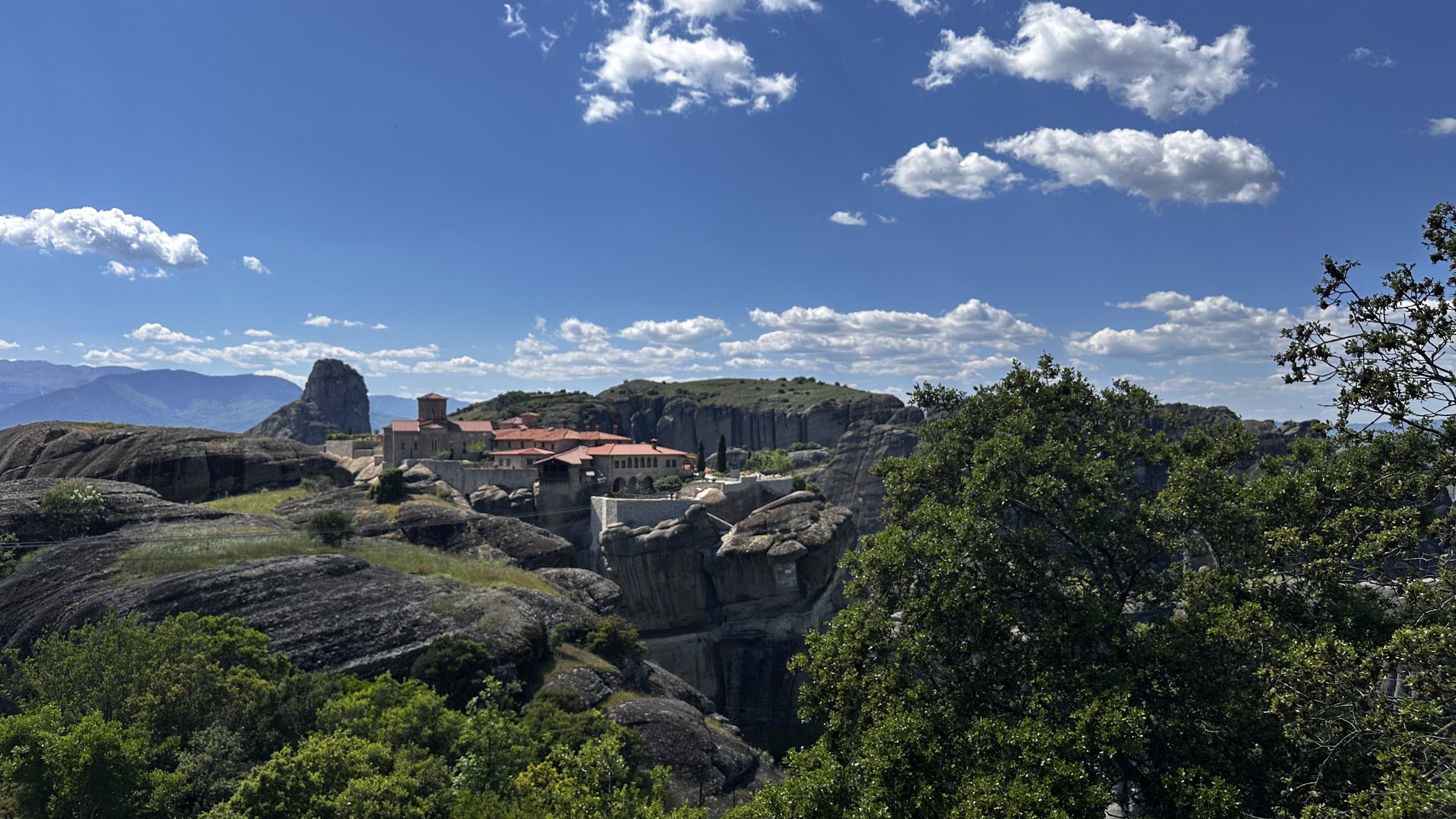
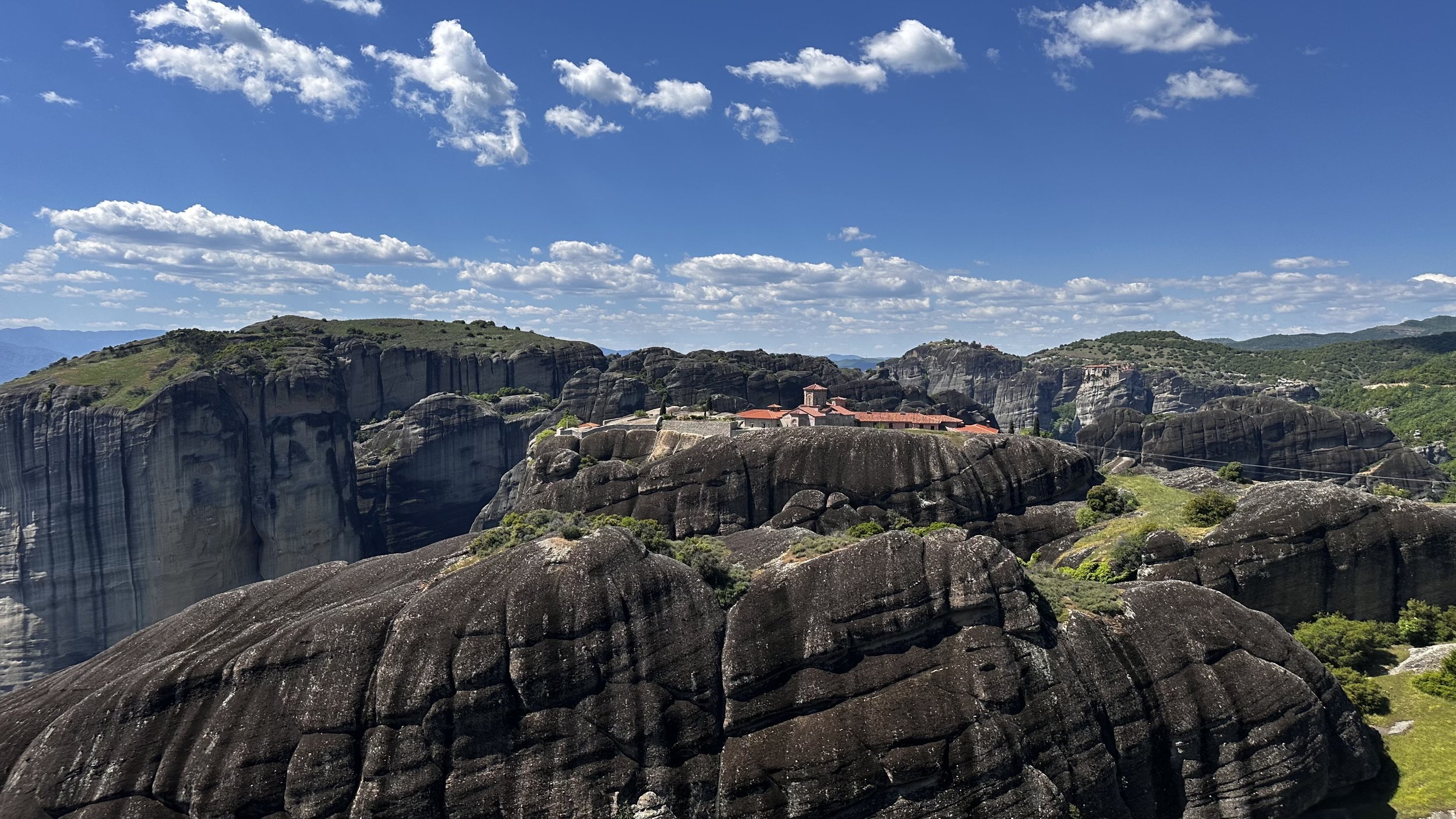
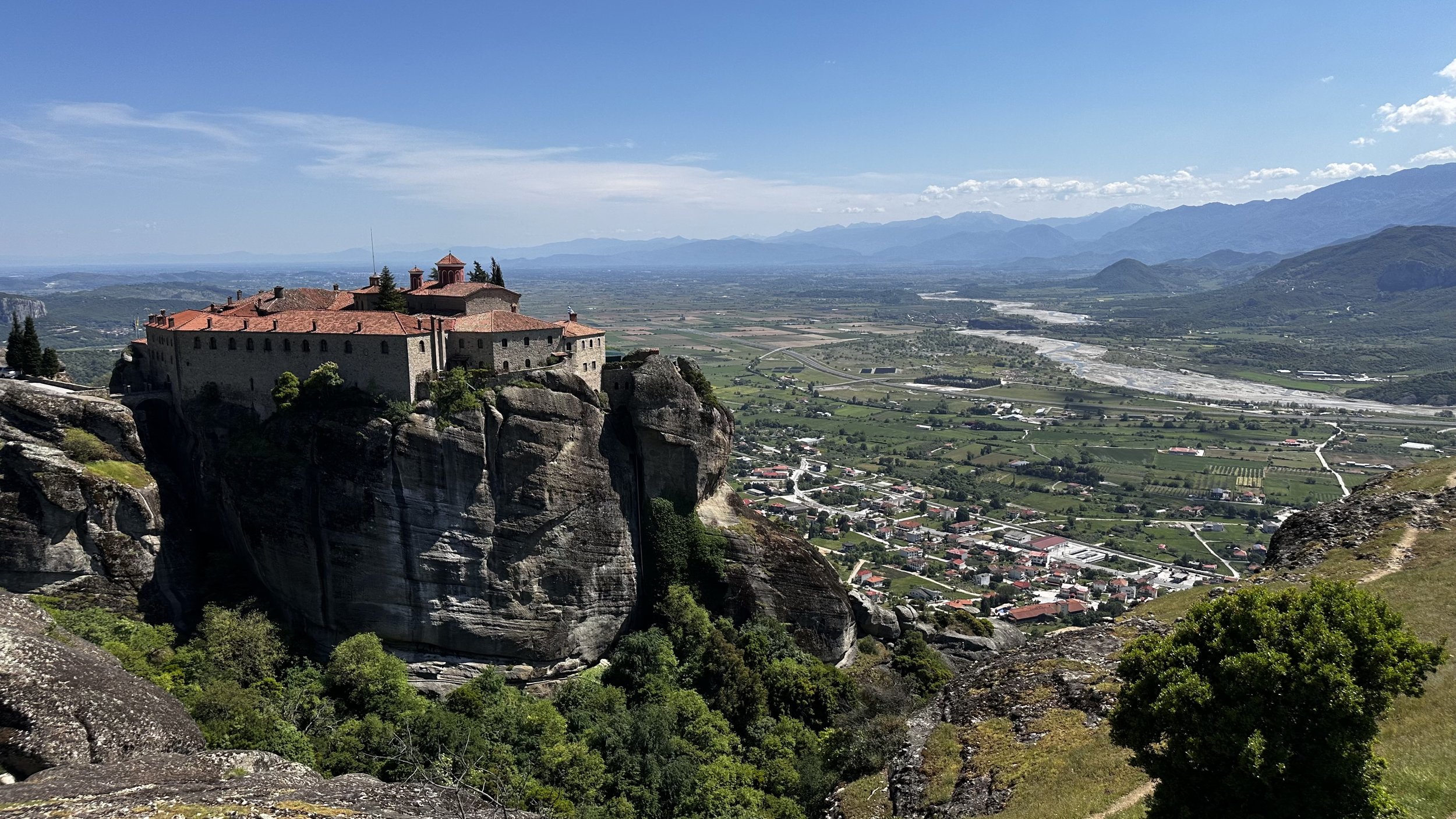
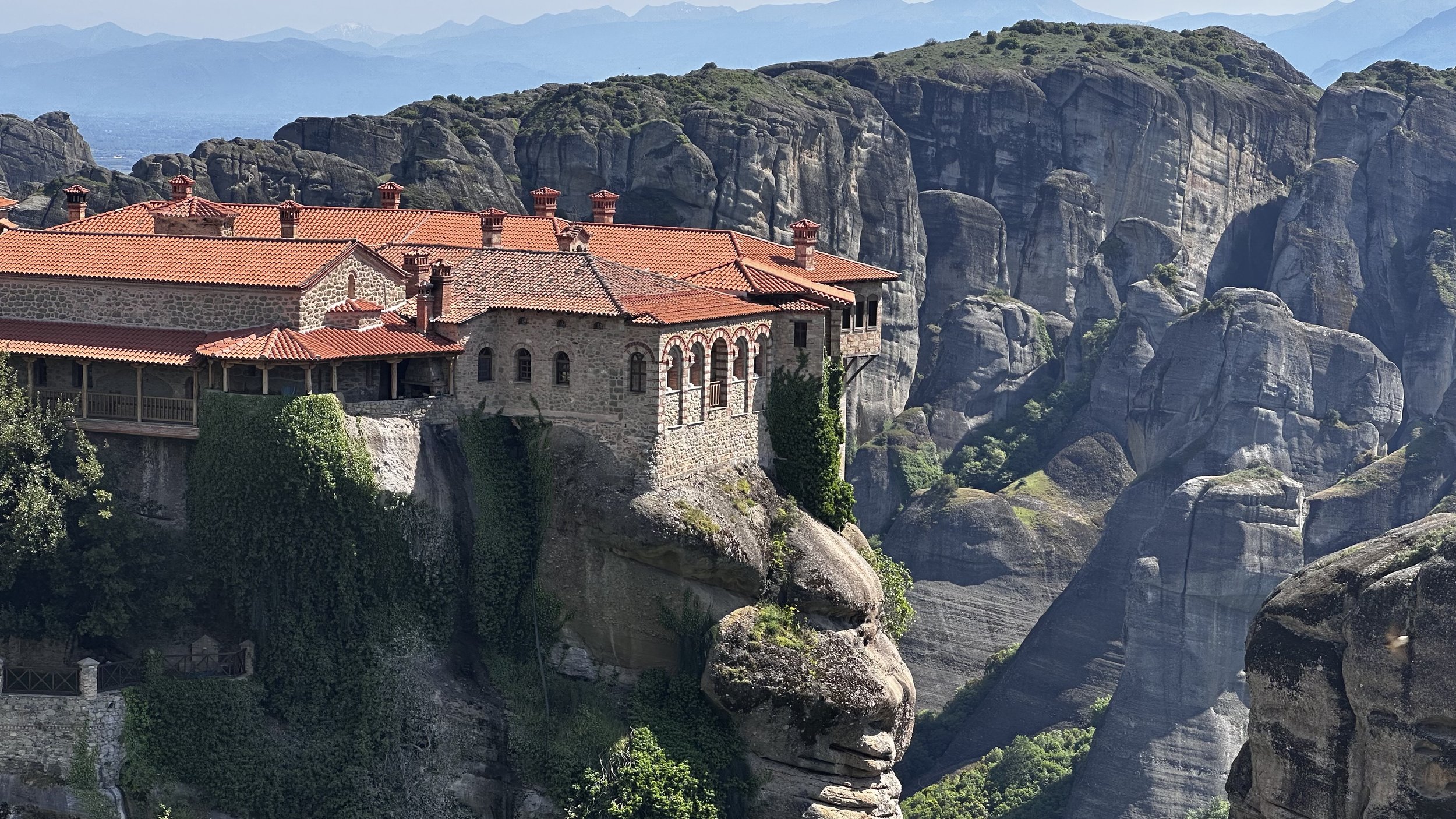

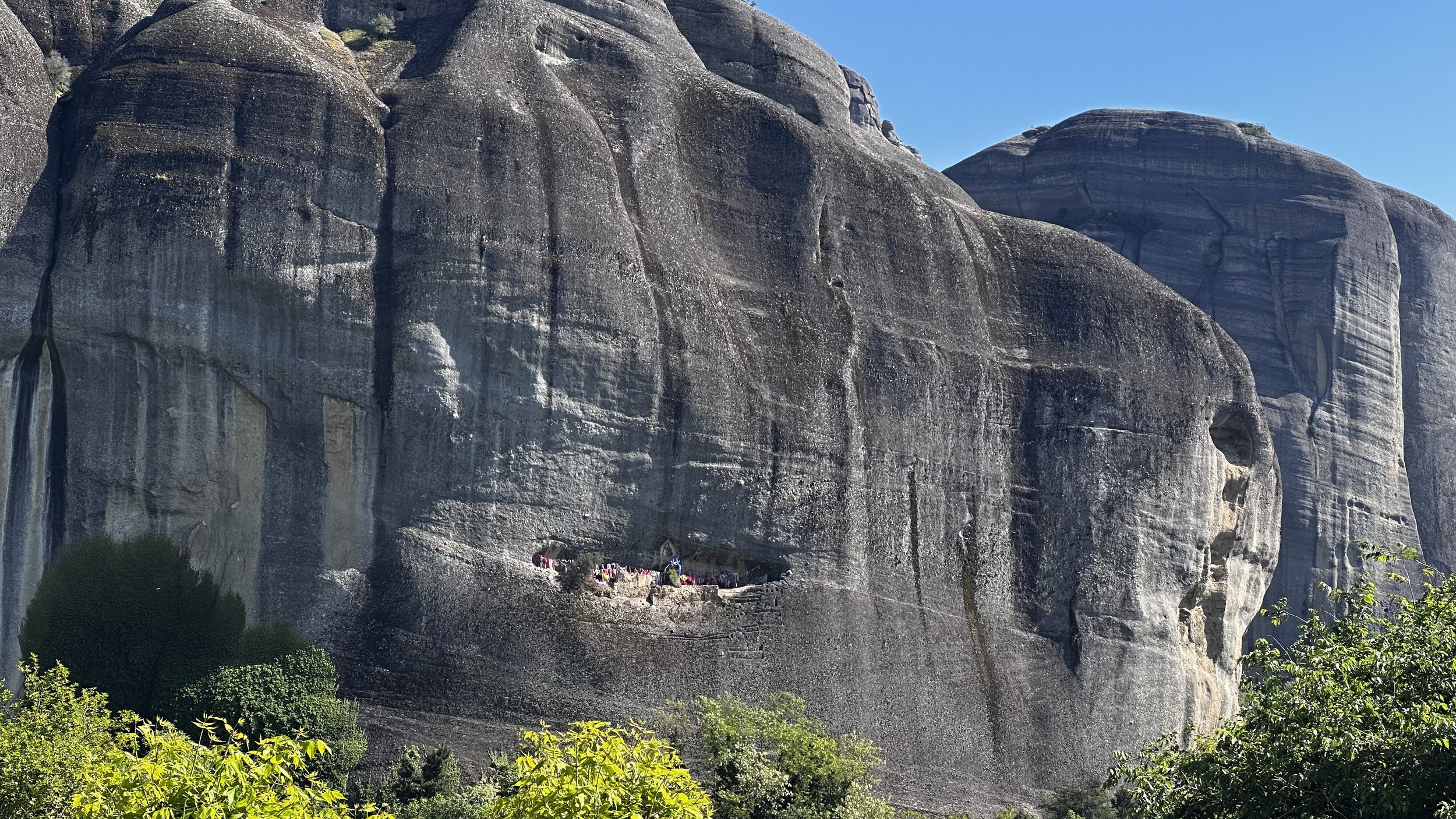
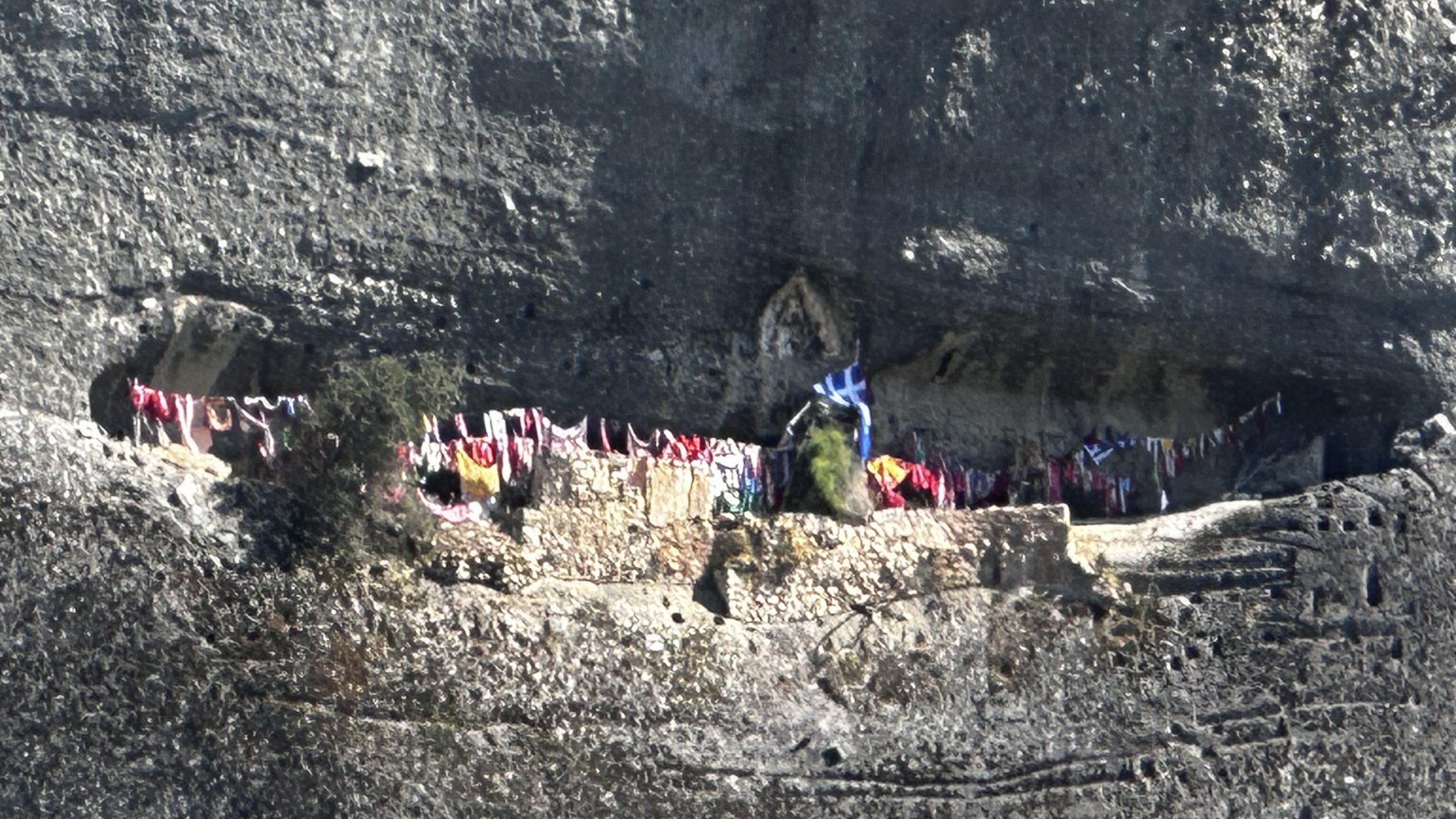


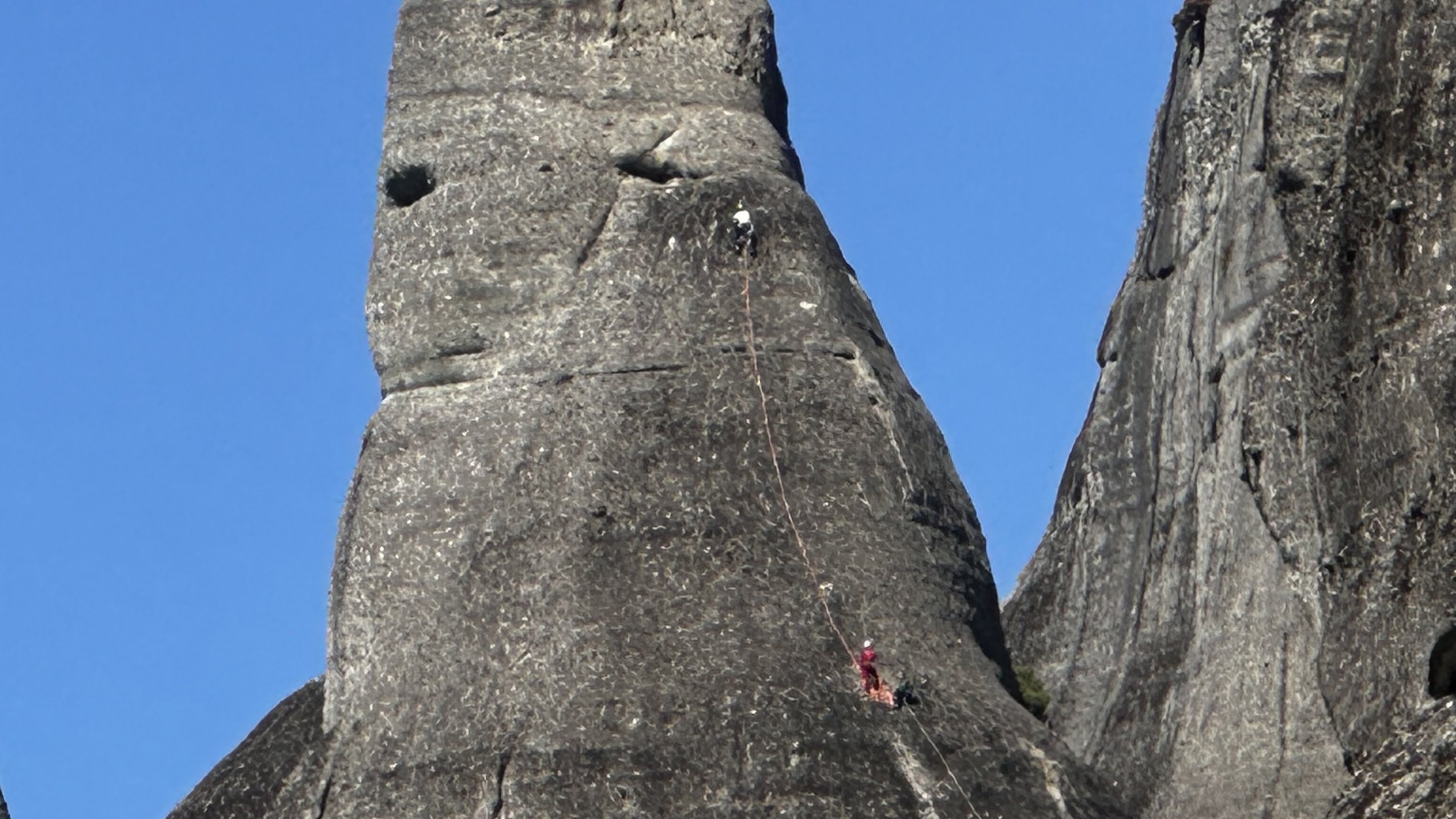
Originally settled by hermit monks in the 11th century, Meteora became a sanctuary in the 14th century during times of political upheaval and Ottoman incursions. Monks built their retreats with rope ladders and pulleys—technology of necessity and faith. At its peak, there were 24 monasteries. Today, six remain active. And even those seem to defy gravity and reason.
Walking along the edge of these cliffs, with monasteries carved into sky and silence, I felt something shift. Not religious awe, necessarily. But respect—for devotion. For solitude. For the radical decision to rise above the world rather than escape it.
Even the cable car—a modest metal box suspended over a yawning gorge—felt more myth than mechanism.
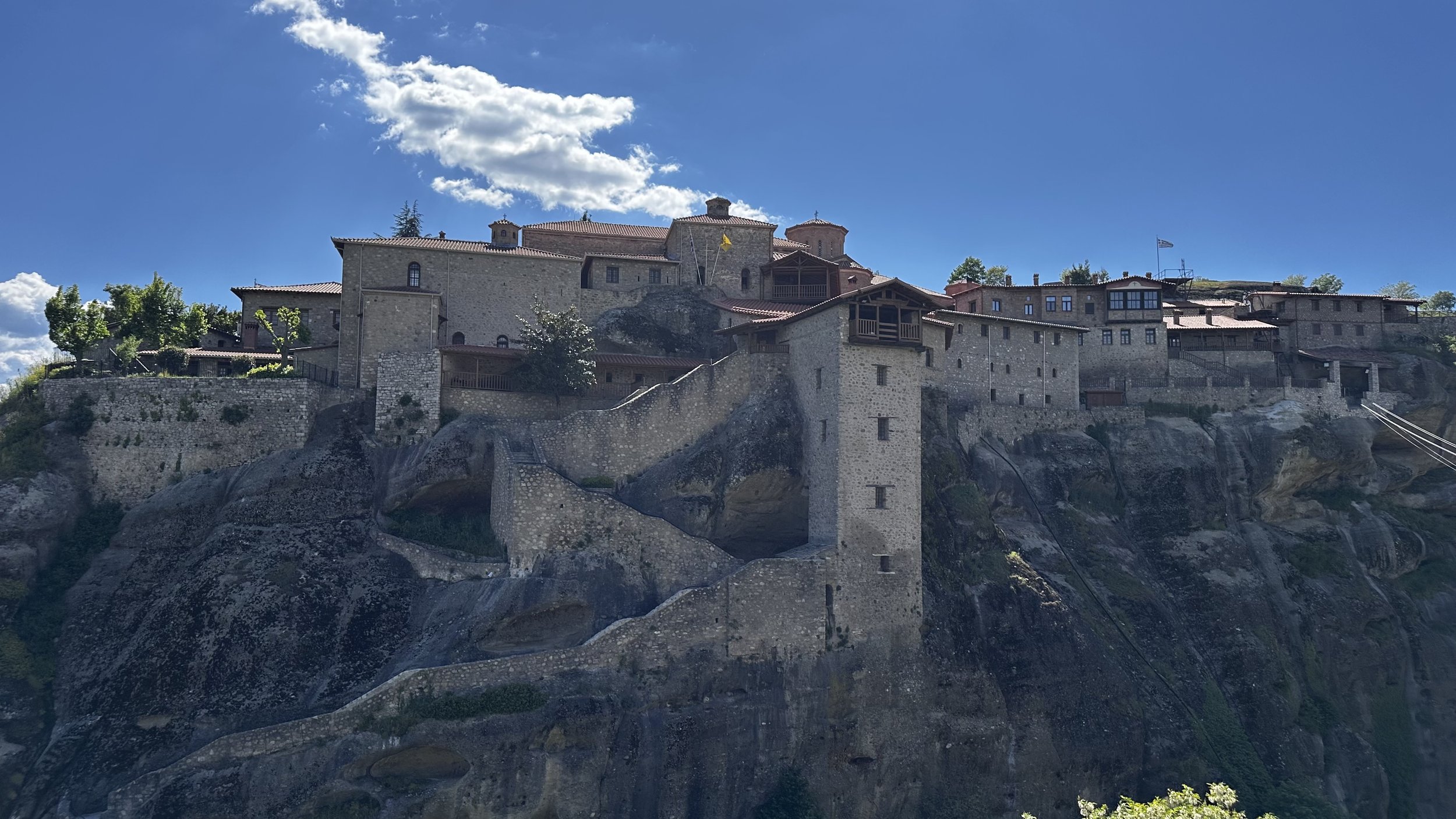
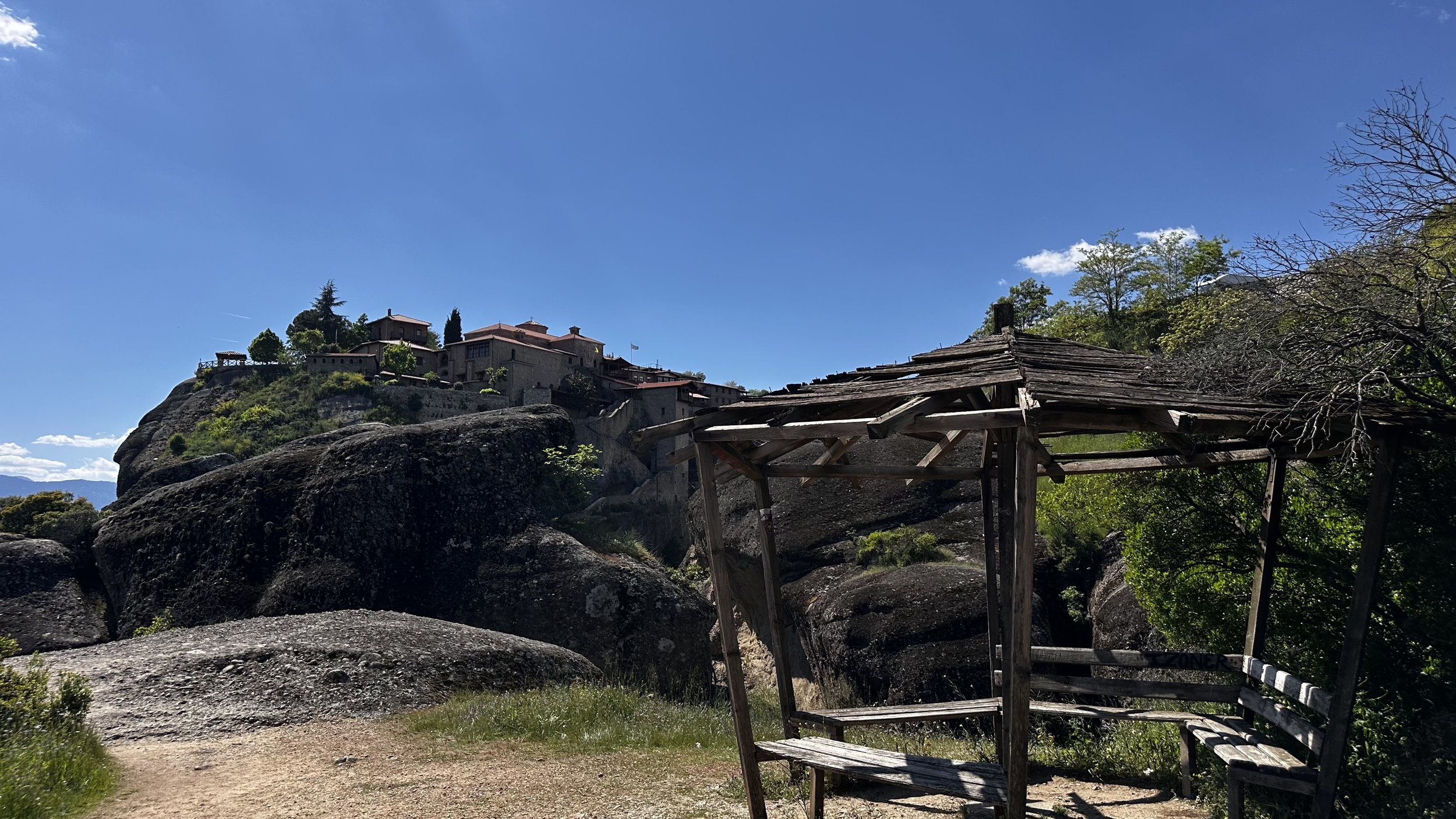
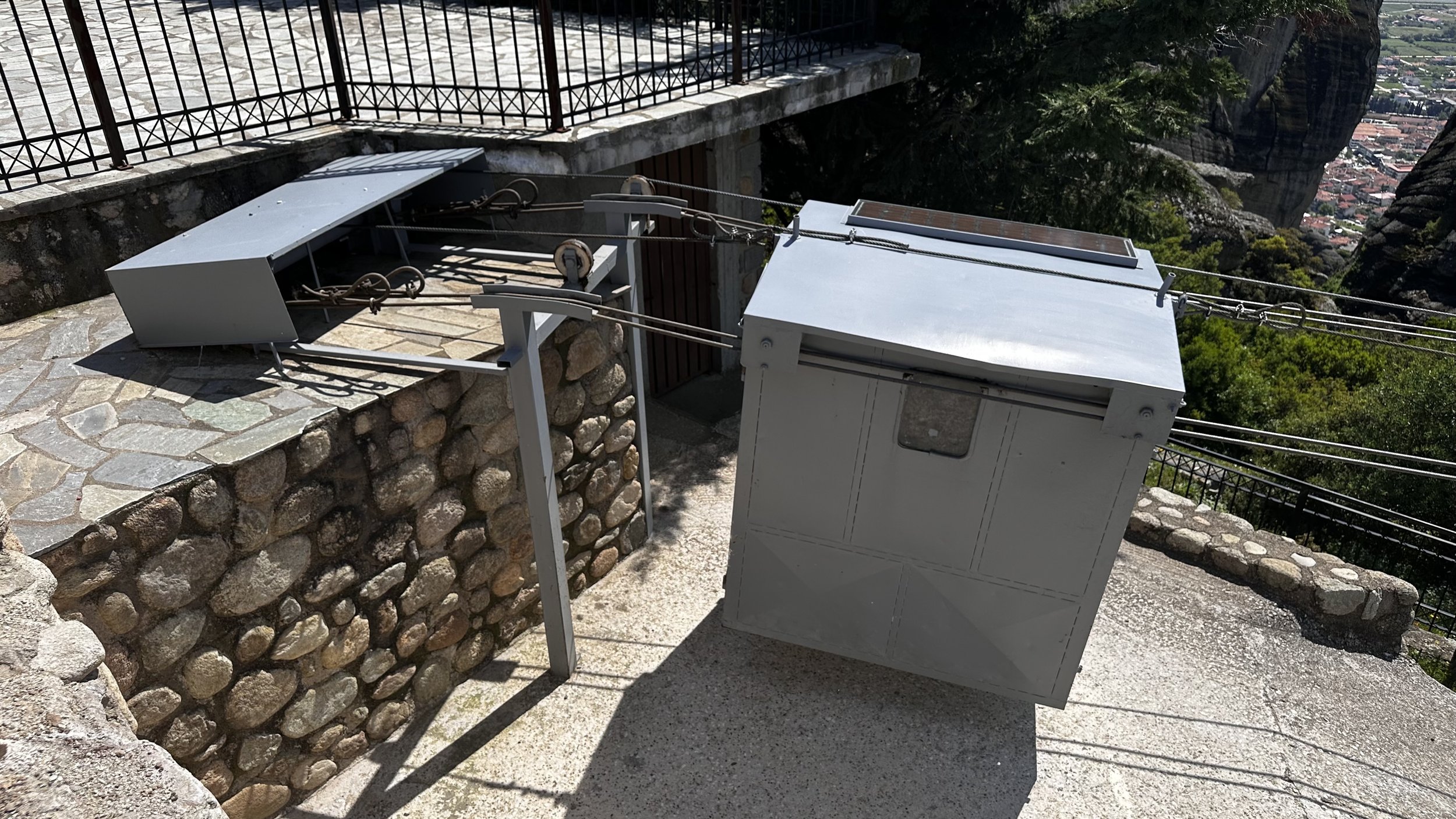
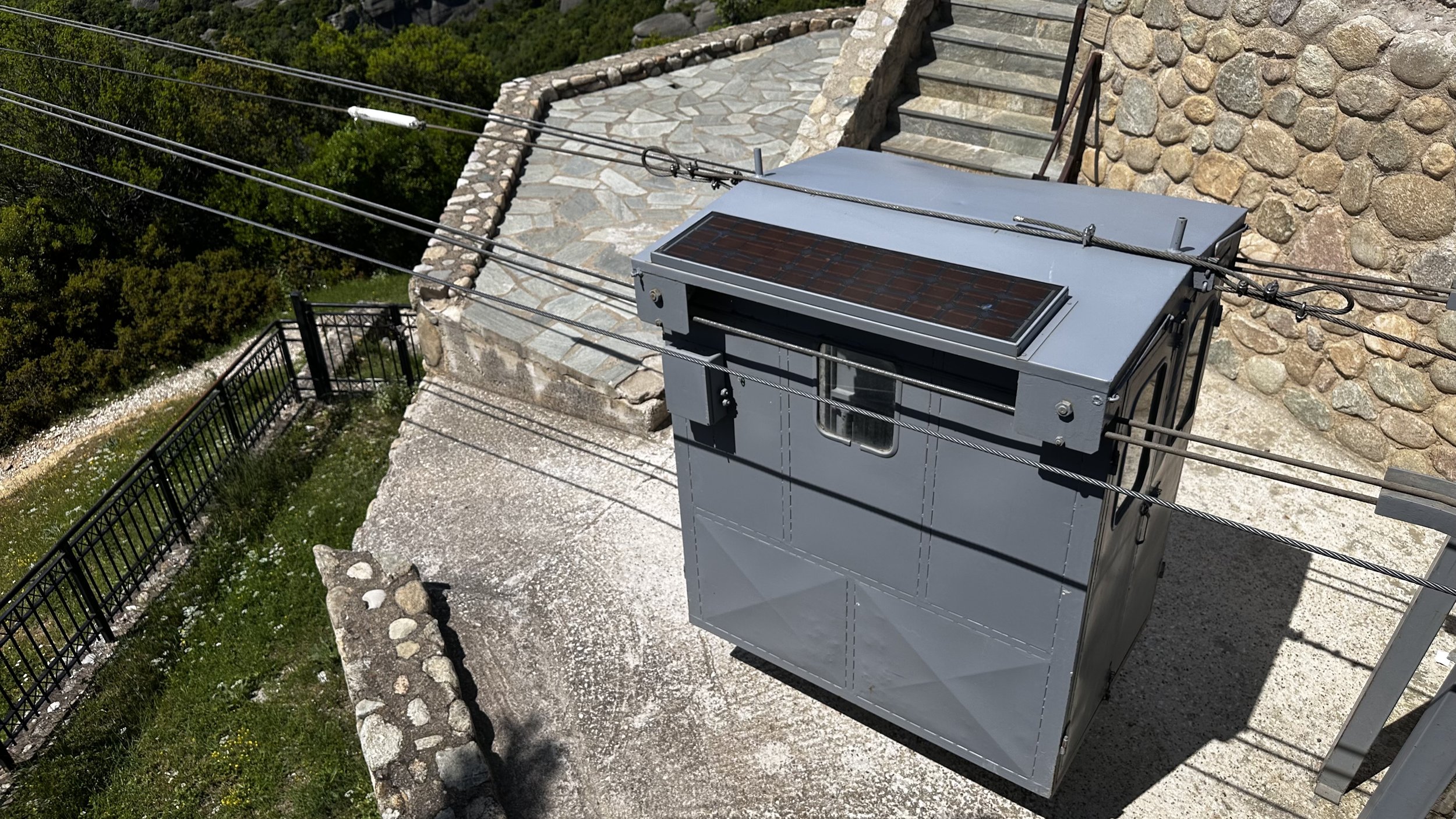
Meteora isn’t just a UNESCO site or a scenic stop. It’s an encounter. A question. A reminder that some human choices—however mad or magnificent—leave permanent marks on the world.
Out There > Motorhome Trip Spring 2025 Western Balkans and Greece > Meteora Monestaries

